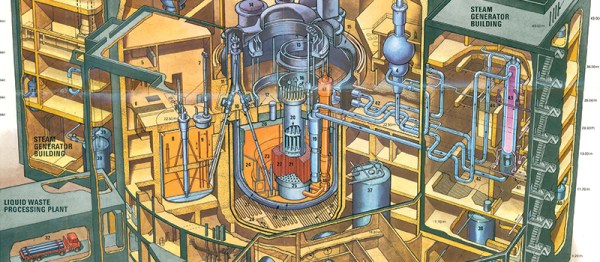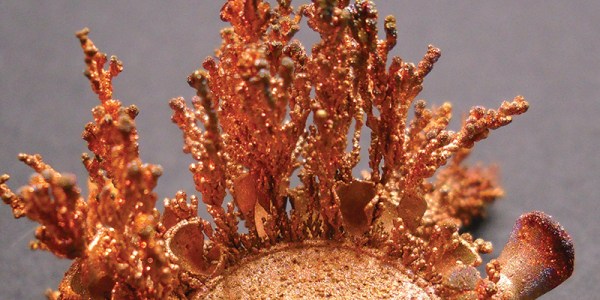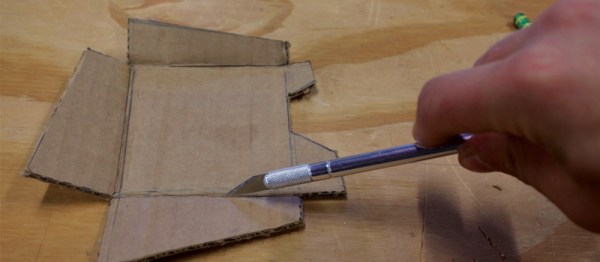Everyone loves a field trip. It’s always fun to visit a manufacturing plant to see how the big-boys make all the cool toys we love. But there are a few places you might not want to go exploring, like inside a nuclear reactor.
Well fear not, now you can spend as much time as you would like with these amazing cut-away of nuclear facilities from across the globe. You can thank University of New Mexico Libraries Exhibition for hosting these photos that have been published in “Nuclear Engineering International” magazine over the years. If you happen to have a pdf allergy, you can also browse most of them on flickr here.
And if you want to see more amazing cutaways, there is this photo pool full of some 1300 other cutaway images to look at. If you know of other amazing engineering photos sets, leave us a note in the comments.


















